JM can produce a variety of non-standard hardware components in combination and process different metal materials, such as carbon steel, alloy steel, stainless steel, aluminum, zinc aluminum alloy and coppers.etc.
JM can design and manufacturing special products according to the drawings or samples for your requirements.
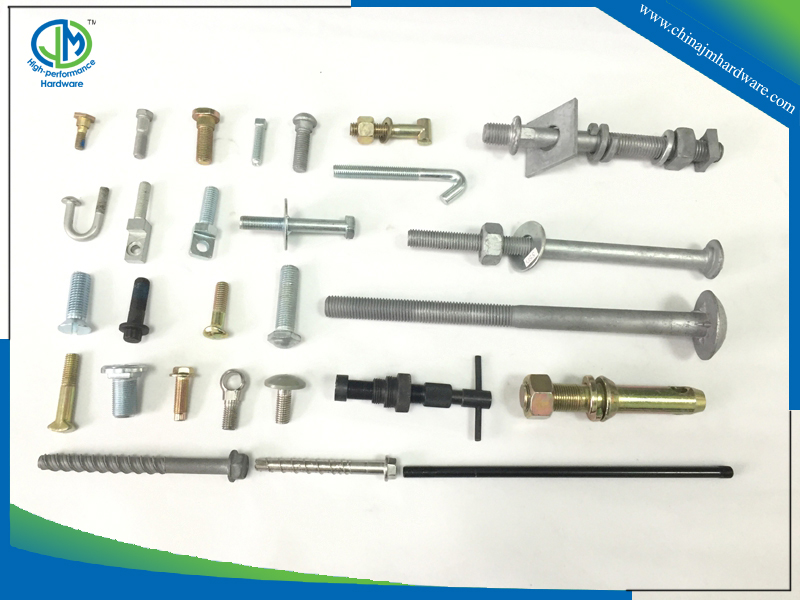 |
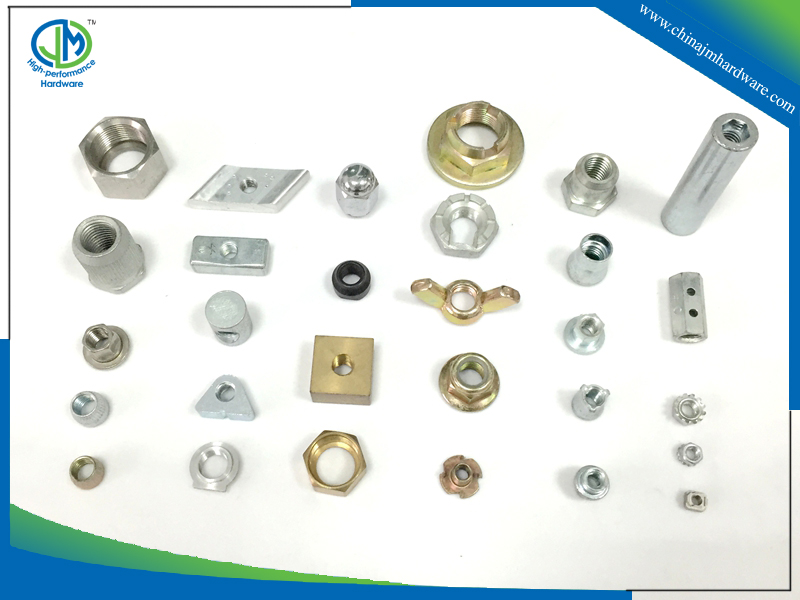 |
|
Custom Bolt| LEARN MORE |
Custom Nut| LEARN MORE |
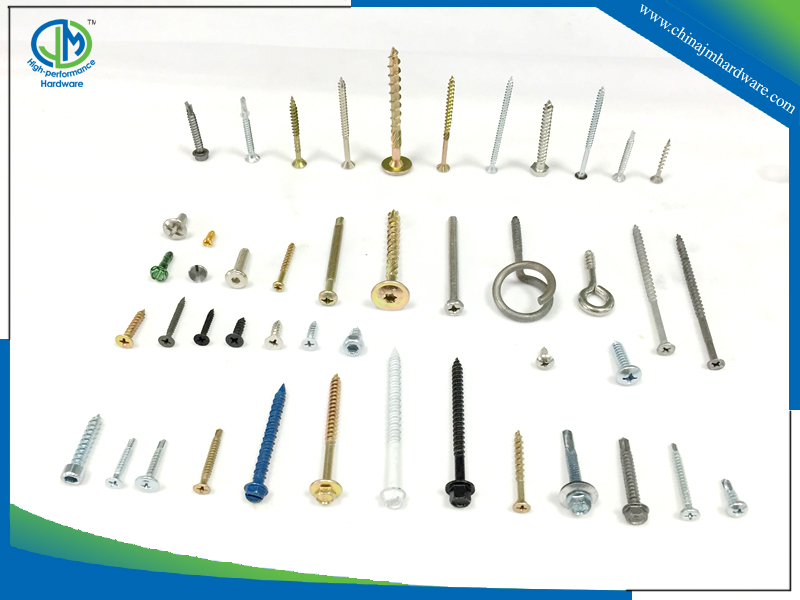 |
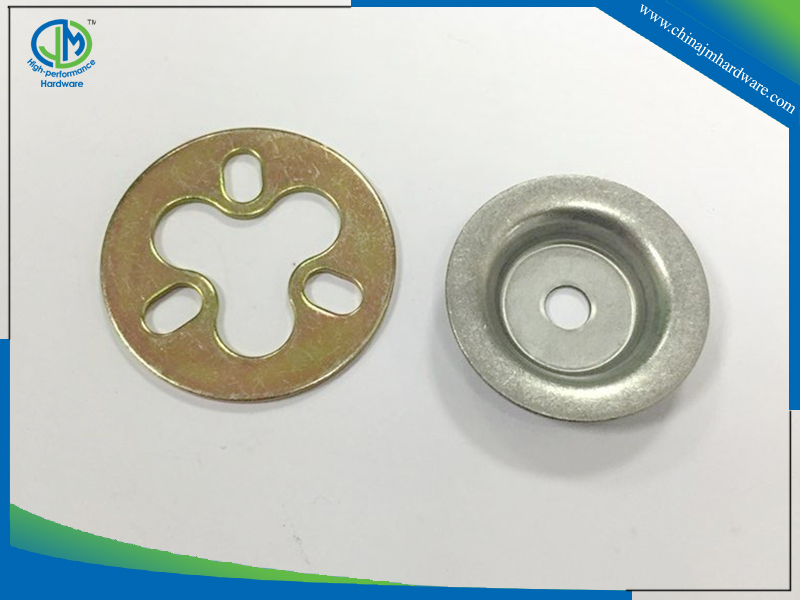 |
|
Custom Screw| LEARN MORE |
Custom Washer| LEARN MORE |
--Description of cold heading process:
The forging stock material can be copper, aluminum, carbon steel, alloy steel, stainless steel and titanium alloy, etc., with the material utilization of up to 80-90%. The cold heading process is mainly carried out in the specialized cold header, to realize continuous, multi-station and automation production. Such processes as blanking, heading, accumulating, forming, chamfering, thread rolling, shrinkage rod and trimming can be completed on cold header in order. The production efficiency can be as high as 300 pieces/minute, with the maximum rod diameter of 48 mm. Bar stock is fed in for a certain degree by the feed mechanism automatically, cut to blanks with cutting mechanism, and then sent to the accumulating, forming and punching workstations for cold heading processing.
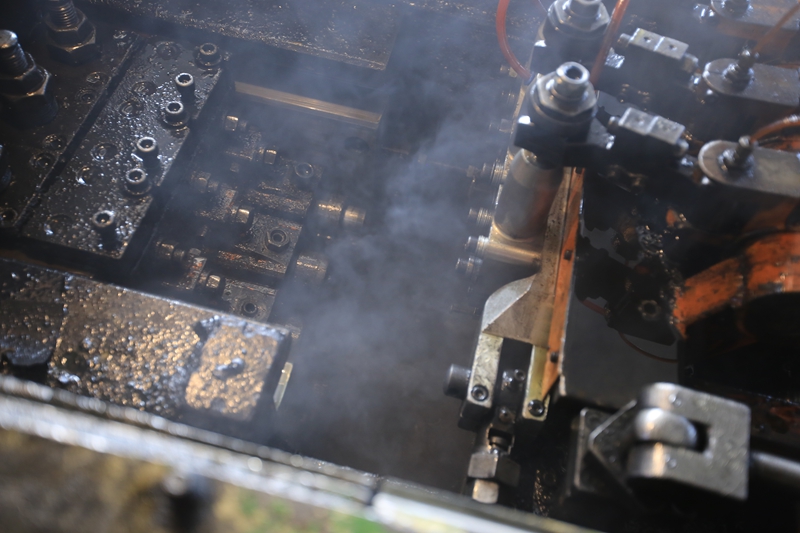
--Advantages:
This technology is a type of cold forming, that is, processing the material through punching shearing, bending, and stretching, etc. without heating. The cold forming processes include cold heading, cold rolling and die forging.
The cold forming steel construction mainly has the following advantages:1. Compared with thick hot-rolled steel, the cold-formed steel can be processed into smaller load and shorter span.
2. Cold forming process can economically get unusual cross section shapes and satisfactory strength weight ratio.
3. Considering the tight type of packing and shipping, nested cross section can be produced.
4. No extension or deformation under the action of environmental gravity.
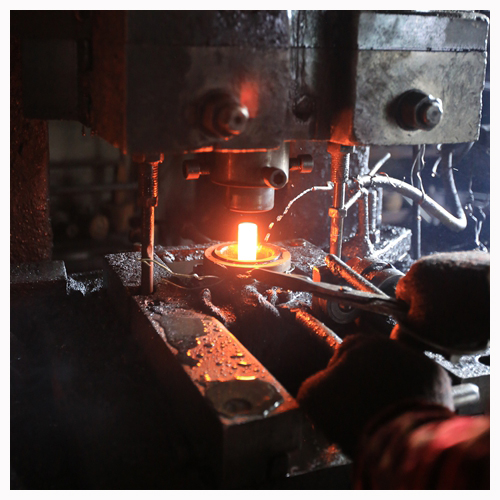 Hot forging is the plastic deformation of metal at a temperature and
strain rate such that recrystallization occurs simultaneously with
deformation, thus avoiding strain hardening. For this to occur, high
workpiece temperature (matching the metal's recrystallization
temperature) must be attained throughout the process. A form of hot
forging is isothermal forging, where materials and dies are heated to
the same temperature. In nearly all cases, isothermal forging is
conducted on superalloys in a vacuum or highly controlled atmosphere to
prevent oxidation.
Hot forging is the plastic deformation of metal at a temperature and
strain rate such that recrystallization occurs simultaneously with
deformation, thus avoiding strain hardening. For this to occur, high
workpiece temperature (matching the metal's recrystallization
temperature) must be attained throughout the process. A form of hot
forging is isothermal forging, where materials and dies are heated to
the same temperature. In nearly all cases, isothermal forging is
conducted on superalloys in a vacuum or highly controlled atmosphere to
prevent oxidation.
1. Production of discrete parts
2. Low to medium accuracy
3. Scale Formation
4. Low stresses or low work hardening
5. Homorgenized grain structure
6. Increased ductility
7. Eliminiation of chemical incongruities




